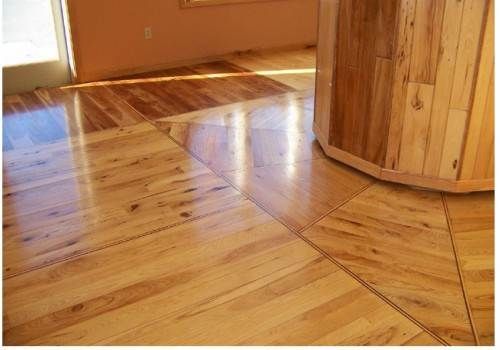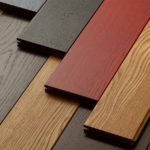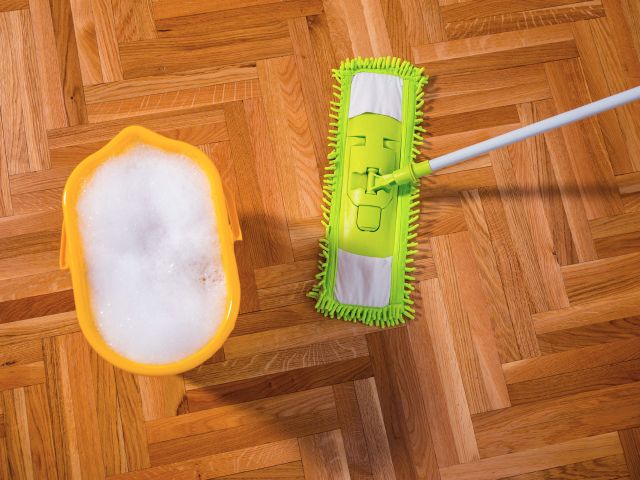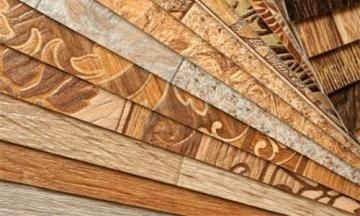How many meters in a roll of linoleum
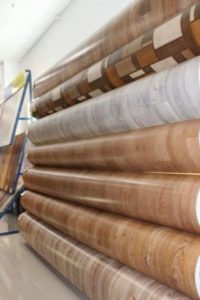 Linoleum flooring was invented in the mid-19th century using materials such as linseed oil, rosin and cork dust. Given its low cost and the variety of styles and finishes that are available, linoleum is growing in popularity. Even though this is a low maintenance product, it can get scratched. Additionally, aligning the seams of multiple sheets of linoleum—over large surface areas—can be challenging. When installed correctly, linoleum forms a seamless, water-repellent film that is easy to maintain. Linoleum is sold in rolls, which can be cut to fit the desired coating or modular tiles.
Linoleum flooring was invented in the mid-19th century using materials such as linseed oil, rosin and cork dust. Given its low cost and the variety of styles and finishes that are available, linoleum is growing in popularity. Even though this is a low maintenance product, it can get scratched. Additionally, aligning the seams of multiple sheets of linoleum—over large surface areas—can be challenging. When installed correctly, linoleum forms a seamless, water-repellent film that is easy to maintain. Linoleum is sold in rolls, which can be cut to fit the desired coating or modular tiles.
The content of the article
Linoleum sizes
Linear meter - 1 m per covering width. In other words, when the width of the roll is three meters, it follows that 1 linear meter is part of the covering one by three meters. That is, in 1 linear meter you get three meters per square of coverage. As a rule, the manufacturer indicates how many linear meters are in a roll or square.
Speaking about how many meters of linoleum are in one roll, it can be noted that standard rolls have a width of 1.8 to 2.1 m, and usually have a minimum length of 3 meters or a maximum length of 35.
Width of linoleum roll
The average width of the rolls is from 1.8 to 2.1 meters. However, the average roll length varies greatly depending on the manufacturer.Although most sheet rolls are sold by the manufacturer at approximately 15 meters, some can reach 3.6 meters and can be cut into pieces.
- 0.5 x 0.5 m (19.685 in x 19.685 in).
- 0.5 x 0.5 m (19.685 in x 9.48 in).
- 1 x 0.25m (39.37" x 9.48" inches).

Linoleum area
To determine the square footage, multiply the length by the width. When measuring, round off the reading. For irregularly shaped floors, divide them into separate sections, calculate the square footage in each, and then add them together.
How to calculate the required amount of roll for a room
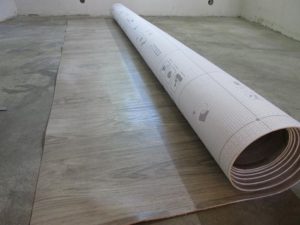 Place the linoleum in the room where you plan to install it one or two days before installation. He must settle in the room. Keep the room at your normal temperature.
Place the linoleum in the room where you plan to install it one or two days before installation. He must settle in the room. Keep the room at your normal temperature.- Install APA, underlayer plywood, over the existing floor if the existing subfloor is not level, smooth or dry. You can use 3/8, 1/2 or 1/4 inch plywood.
- Apply a vacuum over the substrate to remove any dust that may have settled on it during installation.
- Place layout paper, which you can buy at your local home improvement store, on the floor you want to cover with linoleum. Start with the longest wall and work your way around the room, adding more paper to create an exact replica of your floor. Cut around obstructions such as toilets, kitchen islands and pipes using a utility knife and a straight edge. Leave 1/8 inch of space between the wall and the design on the paper. This will help you leave an expansion gap on the linoleum itself.
- Write "top" on the template before folding it and moving it onto the linoleum floor.
- Unroll the linoleum in the large room, top side up.Unfold your design and place it on top of the linoleum, also with the top side facing up.
- Place one sheet of linoleum on the first sheet if your floor is wider than a roll. Make sure the design matches perfectly and overlaps the sheets by an inch. Tape them together with duct tape.
- Trim off the extra inch using a straight edge and a utility knife and cutting both sheets at the same time. This ensures that both edges will lie flush with each other, with no gaps or overlaps. Tape cut seams together. Repeat until the entire paper design is covered with linoleum and the seams are properly joined.
- Trace along the drawing using a felt-tip pen. Delete template.
- Cut along the marker line using a straight edge and a utility knife.
- Roll it up and take it to the room where you plan to install it.
- Before applying the adhesive, set the linoleum in place to ensure you have created the pattern correctly. Place the largest piece on the mat first.
- Pull back half of your first piece and add glue - according to the manufacturer's instructions - using a notched trowel. Press the linoleum firmly into the adhesive, working from the center to the edge. Wipe off excess glue with a damp cloth. Continue until the entire floor is installed.
- Apply pressure to the floor seams. Use a seam roller first. Then roll out the entire floor - if the adhesive directions require it - use a floor roller or a standard kitchen rolling pin.
- Let the glue dry and then apply seam sealer to the seams to lock out moisture. Wipe off excess seam sealer using a paper towel.
- Wait 24 to 72 hours before using the floor.
You will need:
- Vacuum.
- Felt pen.
- Knife.
- Straight edge.
- Seam sealant.
- Seam roller.
- Floor roller or rolling pin.
- Glue.
- Patterned paper.
- Notched trowel.
- Damp cloth.
- APA plywood.
- Insulating tape.
REFERENCE. When installing over concrete, be sure to install a moisture barrier under the base. Use plastic film with a thickness of 4 to 6 mm. The flooring adhesive and linoleum must be the same brand to ensure proper adhesion.
Do not install linoleum on concrete if it is less than four months old. This period ensures that any moisture in the concrete has evaporated. Use floor adhesive in a well-ventilated area.
